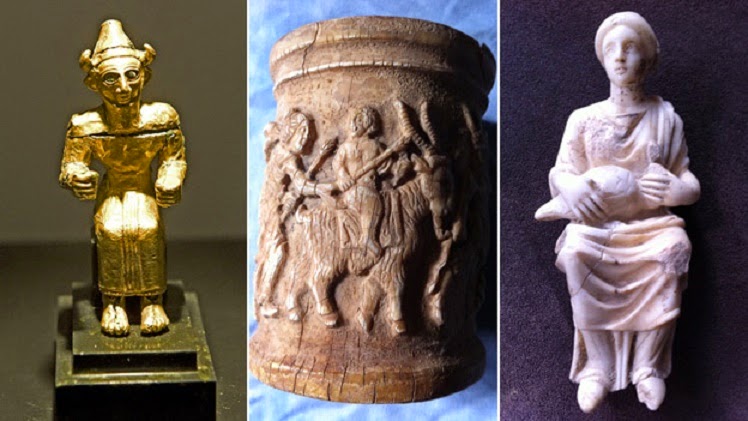Merry Wanderer of the Night [Search results for Switzerland]
Ultra-modern dugout in Switzerland
An Evening with Amon Amarth in Times Square

Near East: The men who smuggle the loot that funds IS

Book Review: Memory of Trees
Eva & Bernard Spring/Summer 2012 Women’s Collection



